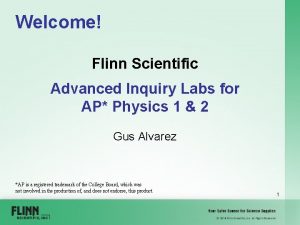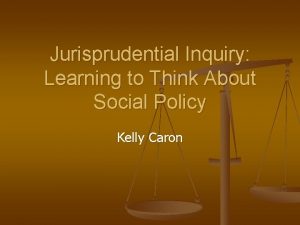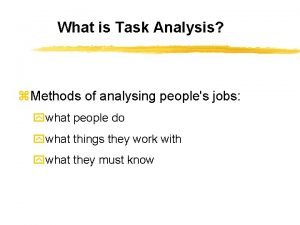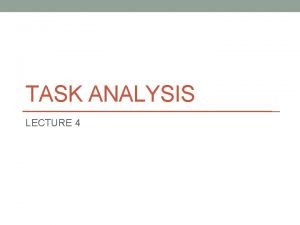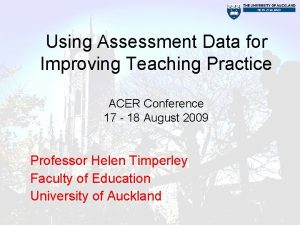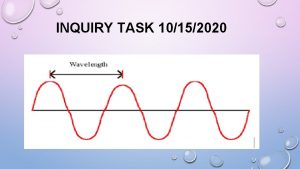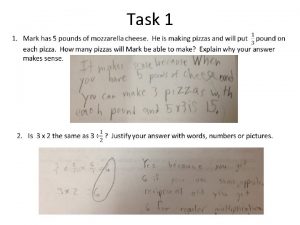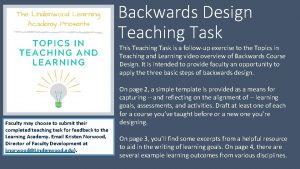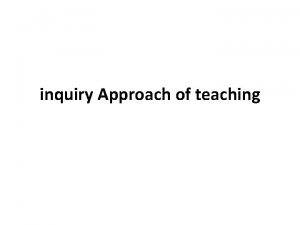INQUIRY TEACHING II Advanced inquiry THE TASK Using













- Slides: 13

INQUIRY TEACHING II Advanced inquiry

THE TASK Using your radiometer and the equipment available: develop an evidence based explanation of how a radiometer works and draw a representation of your explanation

INCLUDE in your explanation: Your major claims The evidence that supports each claim Your justification for why your evidence supports the claim.

What is an evidence based explanation? Evidence-Based Explanation CLAIM 1 JUST IFICA TION EVIDENCE CLAIM 2 JUST IFICA TION EVIDENCE CLAIM 3 JUST IFICA TION EVIDENCE

Radiometer Stations

As you explore the radiometers: Part I: Gather Evidenc e Keep track of the following: Claims Observations/explanations Justification Questions raised

What is an evidence based explanation? Evidence-Based Explanation CLAIM 1 JUST IFICA TION EVIDENCE CLAIM 2 JUST IFICA TION EVIDENCE CLAIM 3 JUST IFICA TION EVIDENCE

Constructing an Explanation Part II Use your radiometers and the equipment available to continue gathering evidence for your explanation. Record on the chart paper The question Your initial claims Your data (evidence) Your justification for using that evidence Any graphical representation that you think will help illustrate your claim.

Explanation Sharing Part III Your team will now split up and view others’ explanations. You need to look for consistencies and conflicts between explanations. Think about experiments that might either confirm consistencies or resolve conflicts.

Questions to Ponder Where are the consistencies? • Where are the conflicts? • What questions should we pursue to help confirm any consistencies or help resolve any conflicts? • How could investigations be designed to address these questions? •

Conflict Resolution Part IV What are some consistencies among the explanations? What are some conflicts among the explanations? Resolve conflicts


Design a New Investigation Part V Design one or more investigations that would generate evidence likely to help resolve this conflict or another conflict that you have identified.
 Flinn scientific virtual labs
Flinn scientific virtual labs Tiered task bias task
Tiered task bias task What is jurisprudential inquiry model
What is jurisprudential inquiry model Central task of teaching
Central task of teaching Disadvantages of task based language teaching
Disadvantages of task based language teaching Phases of micro teaching
Phases of micro teaching Draw hta for home cleaning task using vacuum cleaner.
Draw hta for home cleaning task using vacuum cleaner. Administrativia
Administrativia Using assessment data for improving teaching practice
Using assessment data for improving teaching practice Disadvantage of using powerpoint presentation
Disadvantage of using powerpoint presentation Hát kết hợp bộ gõ cơ thể
Hát kết hợp bộ gõ cơ thể Lp html
Lp html Bổ thể
Bổ thể Tỉ lệ cơ thể trẻ em
Tỉ lệ cơ thể trẻ em
